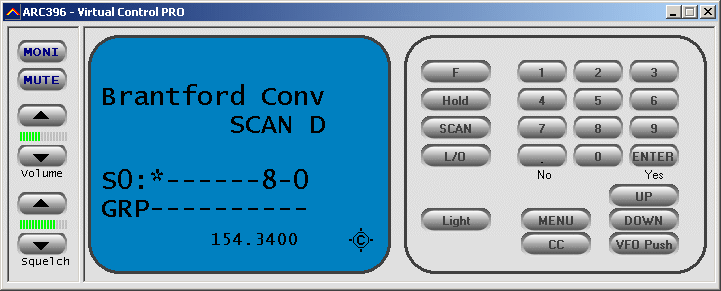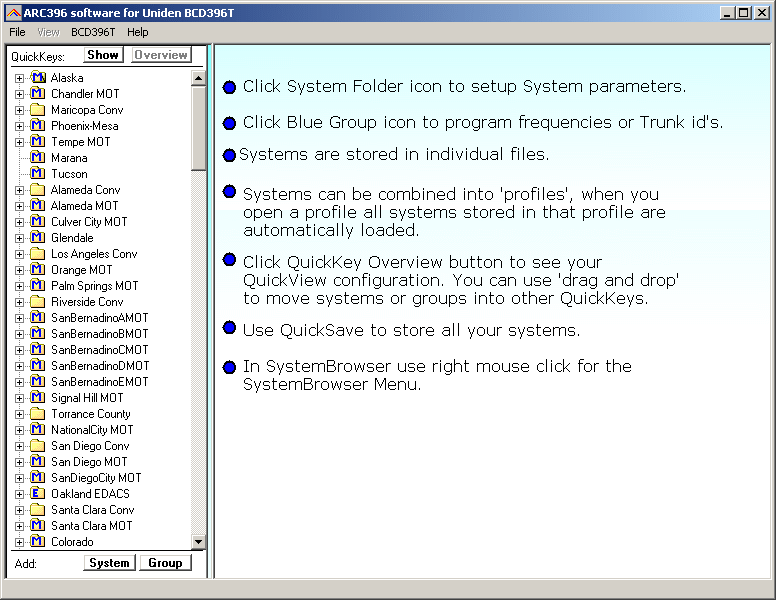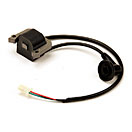
You can import an XML workspace document into a geodatabase by right-clicking it in the Catalog pane and choosing Import > XML Workspace Document.

Arc xt pro import talkgroups to existing system how to#
Learn more about how to export an XML workspace document You can create an XML workspace document for import by exporting data from a geodatabase, feature dataset, table, or feature class. You can also import just the geodatabase schema without any data. You can import entire feature datasets, featureĬlasses, or tables with the Import XML Workspace Document tool. XML workspace documents hold all of the contents of a geodatabase or any subset of the content and are used as a method of sharing schema information and, optionally, the data as well. You import several tables at the same time with the Table To Geodatabase tool, each table

Table(s)-Import one or more tables into aįile, mobile or enterprise geodatabase using the Table To.Table-Convert an input table to a dBASE table, a file geodatabase, a mobile geodatabase or enterprise geodatabase table using the Table To.You have two options for importing tables when you right-click a geodatabase: dBASE, INFO, vector product format (VPF), OLE DB, or geodatabase You can import tables into a geodatabase using the context menu in the Catalog pane. Learn more about the Project tool Import tables To simultaneously import the data and convert it into the new coordinate system, use the Project tool. For example, you may want to import a feature class that uses the North American Datum (NAD) 1927 coordinate system into a feature dataset that uses the NAD 1983 coordinate system. Suppose you want to import a feature class that's in another coordinate system. If you import into a geodatabase, a new standalone feature class is created with the same spatial reference as the dataset you're importing. When you import into a feature dataset, the new feature class automatically takes on the same spatial reference as that feature dataset. When importing feature classes, it is important to note the coordinate system of the dataset being imported. Feature classes and coordinate systemsĮach feature class has a spatial reference with a coordinate system that defines how its locations are georeferenced. For example, a hyphen is replaced with an underscore. However, any invalid characters in the field names are automatically replaced. The fields you create in the new feature classes are named the same as the fields you're importing. Learn more about models and model building Import data, edit the model to specify other input data, modify A model helpsĪutomate importing by allowing you to save and reuse environment Manually repeating the import from the context menu. If you have many feature classes to import and want to chain multiple tools together, you can create and run a model instead of This is the case, you can choose Feature Class for more control over the properties of the imported feature class. Individual settings at import, such as field mapping, custom configuration keyword, or spatial index. Other hand, other feature classes you import may require Oneįeature class is created for each feature class you They require the same settings at import, you can choose the Feature Class(es) option to run the FeatureĬlass To Geodatabase tool and import them at the same time. You're importing a number of feature classes into a geodatabase and Using the Feature Class To Geodatabase tool. You have two options for importing feature classes when you right-click a geodatabase or feature dataset:Ĭoverage, or feature class to a geodatabase feature class using the Feature Class To Featureįeature classes or feature layers to geodatabase feature classes Shapefiles, coverages, computer-aided design (CAD) data, and geodatabase feature classes can all be imported in this way. You can import feature classes into a geodatabase or feature dataset using the context menu in the Catalog pane.

Importing them from other locations or by converting and importing them from other data formats. Import datasets using geoprocessing tools.


 0 kommentar(er)
0 kommentar(er)
